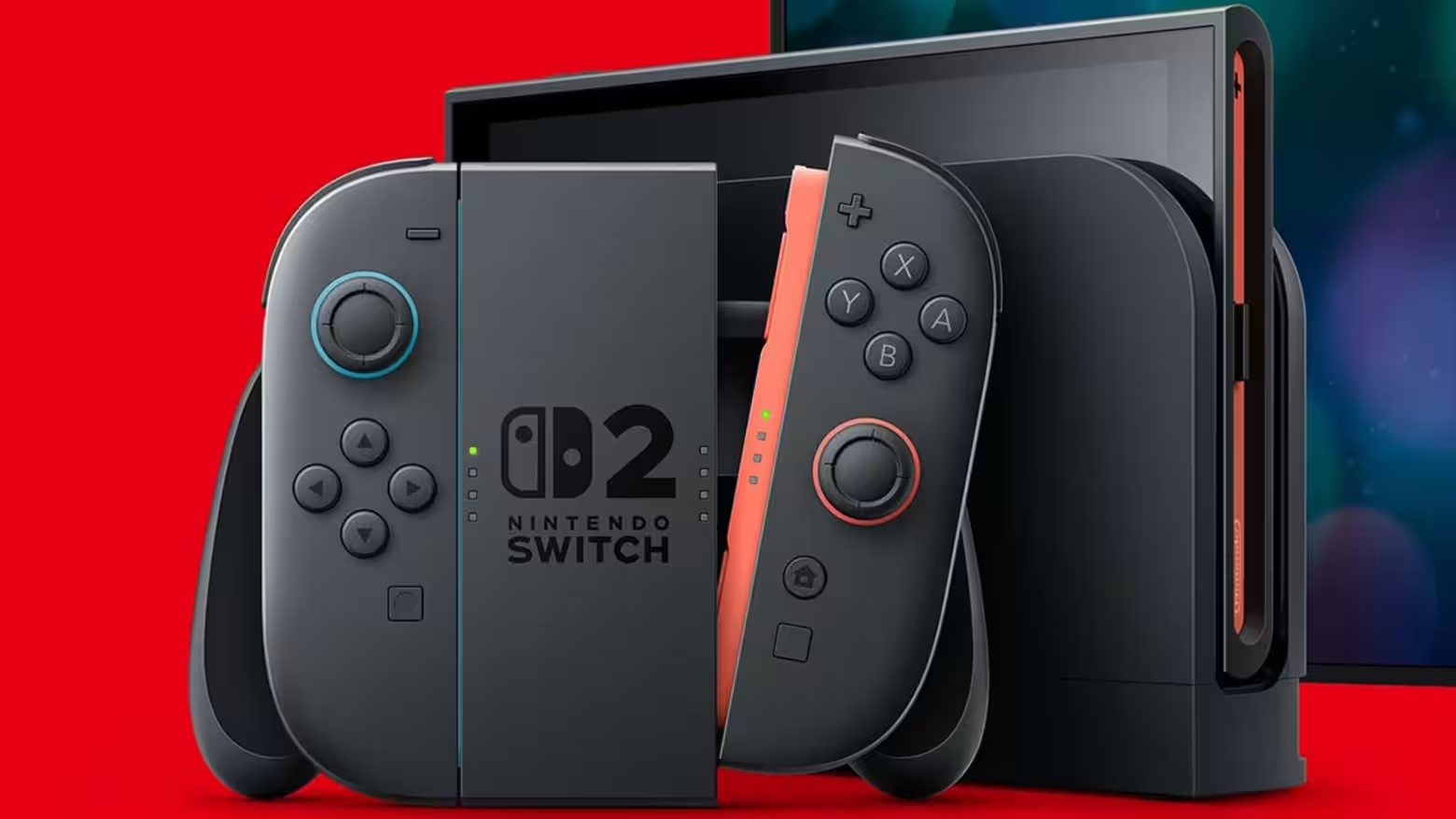An AlgaeLink Algae growing system that is harvested to make ethanol and biodiesel Producing oil from ...
More algae in this way is much more efficient than from growing traditional plant oil crops like oil seed rape It also has the benefit that it does not take up space that could be growing food crops. (Photo by Ashley Cooper/Construction Photography/Avalon/Getty Images) Scholarly research is critical for generating knowledge, advancing society, and training the next generation of critical, curious thinkers. Unlike Las Vegas, what goes on in the Ivory Tower does not have to stay there.

In fact, if it does, we have failed. Here are four ways that scholars can broaden the impact of scholarly research at this particularly moment in time. Keep And Open Mind I started my career as a NASA scientist conducting research and advancing satellite missions to study Earth’s weather and climate.
Roughly two decades ago, I moved from a federal laboratory to the Academy. With that transition, I brought a much wider perspective of what broader impacts of my scholarship could be. During my twenty years in the Academy, I often detect an inertia in the application of “broader impacts” thinking in research proposals, studies, and engagement.
A common (and important) pathway for many scholars to broaden impact has been to identify ways to increase participation from different groups such as women, marginalized communities, first-generation students, or people residing in rural regions. However, there are other pathways too. Using my scholarly window into the world, societal advancement and robustness of public support for research will increasingly depend on improving scientific literacy.
A healthy number of people still believe some pretty odd things in the world of science related to the shape of the Earth, hurricane control, exhausts from airplanes or vaccines. Efforts to increase public engagement with STEM, humanities, the arts, or social sciences provide broader impacts and help shape a nimble, multidisciplinary workforce. WEST POINT, GA- OCTOBER 20: Kia Motors Chairman M.
K. Chung speaks at the groundbreaking ceremony ..
. More for the Kia automotive manufacturing plant on October 20, 2006 in West Point, Georgia. Kia's first U.
S. plant will create more than 2,500 jobs and produce 300,000 vehicles at its capacity; it is scheduled to begin production in 2009. (Photo by Erik S.
Lesser/Kia Motors via Getty Images) Societal wellness and economic competitiveness are things that seem pretty apolitical to me. While it might not be obvious, I can easily make a case for how academic scholarship related to electric vehicle mobility, geology, and strategic languages advances global competitiveness and regional economics. As I have written many times, academics are trained to be, well, “academics.
” It is baked into graduate training, post-doctoral activities, metrics of success for promotion, and the rhythm of the Academy. I have long argued that the process needs an infusion of “end-to-end” scholarship comprised of experiential learning, communication or engagement training, and perhaps even policy elements. Such an infusion could produce “ aha ” moments that intended broader impacts may be achievable through other types of partnerships and focal points Ask Communities, Companies, and Other Stakeholders What They Need I reflect on the research of one of my former doctoral students Mariana Fragomeni , who is now a professor at the University of Connecticut.
She was trained in urban planning, architecture, and other disciplines that seemed disconnected from my expertise in meteorology. However, she was able to construct an applied research project to better understand urban heat challenges and policy in Savannah, Georgia. She centered her approaches around the concept of co-production of knowledge and worked directly with stakeholders.
Community engagement is a viable pathway to broader impacts, but it has to be done the right way. Don’t go in blazing with your doctorate degrees, jargon and ideas. I recommend creating a framework for co-producing knowledge.
That starts with listening, connecting to core value systems, developing trust, and then working together to frame the challenges, opportunities, and solutions. SAVANNAH, GEORGIA - OCTOBER 29: Cranes at the Georgia Ports Authority load and unload container ..
. More ships in all nine berths October 29, 2009 in Savannah, Georgia. The U.
S. economy grew 3.5 percent in the third quarter of 2009, the fastest pace in two years.
(Photo by Stephen Morton/Getty Images) Stick Around Sustainability (and not the environmental kind) is also important with any type of broader engagement. Academics work on three- or five-year grant cycles. Communities and other types of partners may not.
Increasingly, I have spoken with community members that feel used or exploited . While academics almost certainly have good intentions, some people see more of a savior complex . They are interviewed, “poked and prodded," and then when the funding ends, the relationship ends.
Successful engagement and real impact comes from a sustained presence and genuine relationships. Speak Differently Academic research and scholarship can seem disconnected from the daily cadence of life for most people. Someone struggling to pay for eggs or buy gas may view scholarly work as frivolous, elitist, or wasteful.
During my tenure at NASA, I used to hear whispers about the value of NASA even though advances from the space program improved their lives in numerous ways. Likewise, that person dealing with egg or gas prices might completely overlook that a federally-funded grant from the National Institutes of Health or National Science Foundation may help to mitigate bird flu or create cheaper fuel to power a car. Some people may go as far as post a complaint in social media about scholarly research in the Ivory Tower.
Ironically, they probably overlooked the linguistics, psychology, AI, 5G, semiconductor, or transistor research that enabled cell phone and social media in their daily lives. Casim Abbas, a mathematics professor at Michigan State University, feeds chickens at his small egg ..
. More farm at his home in Williamston, Michigan, on February 8, 2023. - Due to the ongoing egg shortage and the rise in prices due to avian flu, some people in the US are turning to local farms and backyard operations to purchase their eggs.
(Photo by Matthew Hatcher / AFP) (Photo by MATTHEW HATCHER/AFP via Getty Images) Currently, many scholars are communicating concerns about the changing landscape of federal funding. It is important that such communication be more descriptive and informative than “OMG, this is bad.” Scholars must connect the dots and provide “so what” context on why their work matters.
In a 2016 essay , I offered 9 tips for how to do this. By the way, it is perfectly fine to share the value of basic research, artistic expression, and advanced learning. They are all important pieces of the larger puzzle too.
Know the Landscape I get it. Many scholars just want to work in their labs, creative spaces, and field studies without worrying about external forces. Those are the things that inspired many of us to go into the Academy.
Just this week, NSF Director Sethuraman Panchanathan issued a statement signaling seismic shifts in some funding priorities. The statement also noted, “Investigators should prioritize the first six broader impacts goals as defined by the America COMPETES Reauthorization Act of 2010 . These six areas include U.
S. economic competitiveness, advancing public health and welfare, supporting national defense, enhancing academia and industry partnerships, enhancing the STEM education system, and improving public science literacy. The statement went on to say, " Investigators wishing to address goal seven — expanding participation in STEM for women and underrepresented groups — must ensure that all outreach, recruitment, or participatory activities in NSF projects are open and available to all Americans.
” Irrespective of how these announcements affect you, what do you do next? LONG BEACH, CA - FEBRUARY 10: Zemoria Harvey, 77, gets her first dose of the COVID-19 vaccine from ...
More EMT Sohei Yamaguchi at St. Mark Baptist Church in Long Beach on Wednesday, February 10, 2021. The mobile vaccine clinic focused on Black seniors as one way to help address equity in the city's coronavirus inoculation program.
(Photo by Brittany Murray/MediaNews Group/Long Beach Press-Telegram via Getty Images).
Technology

4 Ways To Broaden Societal Impact Of Scholarly Research

Scholarly research benefits us all. Here are 4 ways scholars can further broaden impact for society.















